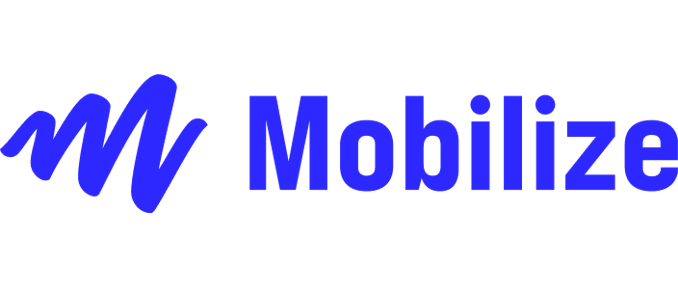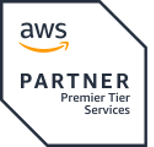Added Value from Data through Automatic Report Generation
Netrix created more than 10 different reports, formatting data for consumption by Mobilize customers, and facilitated the creation of new reports. Additionally, Netrix designed an automated process in which reports run at selected intervals, aggregated by timeframe.
Helps Revenue Engine: Winning, Upselling & Cross Selling More
“The impact on the company is that we now have a much more advanced product to sell, so it really helps our revenue engine by winning more deals and being able to upsell and cross sell a lot of our existing customers.
“Netrix was a wonderful partner throughout the process, staying on time and on budget. Netrix was a great partner not only because they were working on what we had asked around the data lake and data studio, but they also brought a lot of ideas. They’re strong communicators and they added to the creativity of what we could pull off with it,” said Dave Hersh, CEO, Mobilize.
Secure, Efficient, Reliable Infrastructure
Terraform is used as an Infrastructure as a Code (IaaC) provider, delivering the benefits of immutable infrastructure. Netrix has extended Terraform with scripts and a directory structure that allows different settings for staging and production while using the same code. This provides Mobilize with the advantage of implementing and testing changes before moving to production while preventing duplicating and diverging code.
By separating the VPC into multiple subnets on different Availability Zones (AZ), Netrix delivered redundancy and High Availability in case of major outages in one AZ. The infrastructure is secured through a variety of tactics, including encryption using KMS.
Optimized Costs
Amazon Elastic Container Service (ECS) with Fargate was used for generating the reports, as it removes the need to provision and manage servers and scales quickly and flexibly. Additionally, because Fargate is serverless, there’s no over-provisioning and Mobilize pays only for what is being used.
DynamoDB is used to save the status of the reports generated, and also to store data to be used for Fargate. Lambda step functions were used to orchestrate the automation and send notification alerts to Slack. Netrix also uses Athena to extract information from the data lake by making SQL queries into the Glue data catalog. These queries output the data needed when generating the reports. Using the results, Netrix created CSV and JSON reports.
Netrix is a Highly Skilled, Supportive Partner for the Long Run
“I would describe Netrix as a highly skilled, high integrity partner for the long run. They were extremely supportive, flexible, and very good at what they did. Netrix became a very reliable partner, to the extent that I brought them into another company that I helped acquire. If I’m bringing them into another company, I’m definitely a happy customer,” concluded Mr. Hersh.


